The BATRA system
As each units of Japan’s Ground Self-Defense Force (JGSDF) strive to upgrade their respective capabilities through rigorous training, this can often lead to getting stuck in a rut if they do not experience combat training with other units.
To evade this spiral of stagnation, JGSDF has a special training facility designed for a simulated combat scenario called “FTC training.”
“FTC” stands for Fuji Training Center, located at Camp Kita-Fuji in Yamanashi Prefecture, which supports the training of other JGSDF units by providing wide training grounds and dedicated aggressor units.
hosts simulated battles using the “BAttle TRaining Apparatus” commonly known as BATRA.
A little bit about this BATRA system.
Instead of blank rounds or BB guns, the BATRA uses laser devices that enable instant and accurate detection as well as far better assessment. During the BATRA training, rifles and tank guns are equipped with laser emitters, whereas soldiers and vehicles attach sensors to their body to detect hits.
 Soldiers strapped with BATRA devices (photo: JGSDF)
Soldiers strapped with BATRA devices (photo: JGSDF)
The BATRA system also allows the command center to track troop positions and receive realtime status reports, whereas detailed records of the combat simulation provides feedback and analysis in a far more precise manner, leading to better tactical/strategic improvement.
Because the realistic, challenging scenario ensures that even the smallest mistakes result in combat losses, units experiencing the BATRA system for the first time are often shocked by the harsh realities of the battlefield and the gap between their usual training.
Undefeated Aggressor Unit
During these BATRA trainings, the units are confronted by the “Training Evaluation Unit (TEU)” who plays the adversary.
Comprised of elite capable soldiers and equipped with some heavy armor like the Type 90 tank, the TEU possesses an intimate knowledge of the training grounds, giving them a home-field advantage.
But, perhaps the TEU’s most notable feature is their record of being undefeated for nearly 20 years. This includes combat exercises against elite JGSDF units like the famed 1st Airborne Brigade.
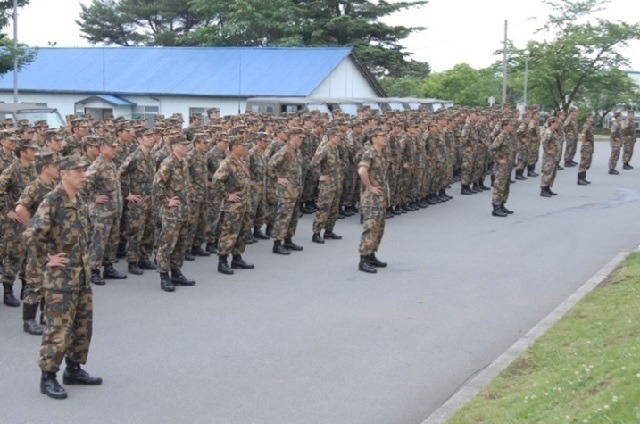 TEU uses special uniforms for identification(photo: JGSDF)
TEU uses special uniforms for identification(photo: JGSDF)
However, this undefeated record finally came to a halt in November 2019, when the 39th Infantry Regiment from Camp Hirosaki (Aomori) managed to score a win, with the TEU’s commander admitting their practical defeat.
This remarkable achievement was the result of extensive training and analysis, stemming from the 39th Regiment’s previous defeat against the TEU.
Other Similar Facilities
While the TEU is performs as a formidable opponent during FTC training, there are similar units in each JGSDF district as well.
For instance, JGSDF units in Hokkaido has their own training center called “HTC” where they incorporate the same BATRA system. Obviously, this HTC facility provides a capable aggressor team to conduct combat exercises, just like the FTC’s Training Evaluation Unit.
Asides from the FTC facility, there are six other local training centers and specialized aggressor teams allocated to each district, but the original TEU seems to outmatch these units in overall combat capability.
But, since the FTC’s capacity in receiving training units have certain limits, these local facilities are necessary to provide realistic training, at least within the district-level.
The idea is to first defeat the aggressor teams at each district’s training center, and then move on to the upper-level FTC training.
As an overall objective, the FTC facility and its attributed training centers aims to bridge the gap between daily training and real combat scenarios.
By experiencing simulated battles, JGSDF units face realistic challenges, fostering growth through setbacks and significantly improving their operational readiness.
The goal is to continually elevate the proficiency of these units, ensuring they are prepared for the complexities of modern warfare.

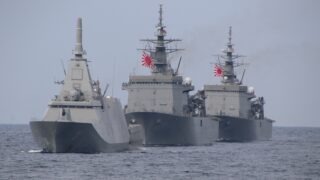
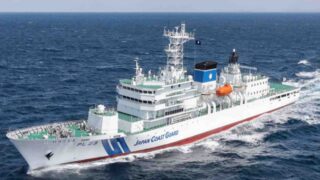
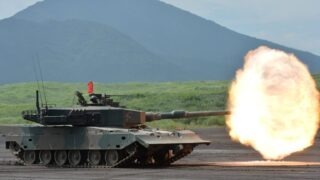
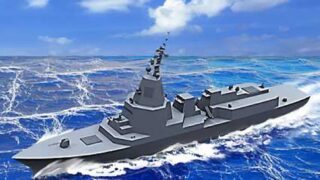
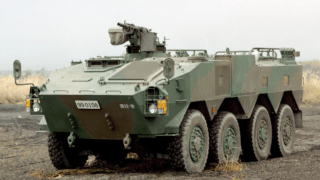
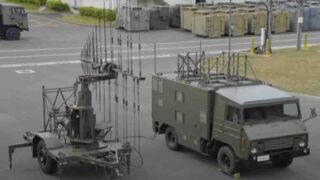
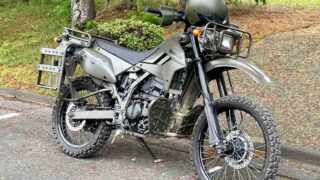

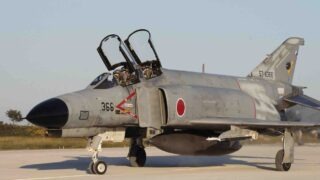
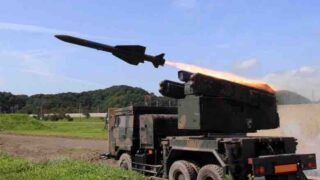
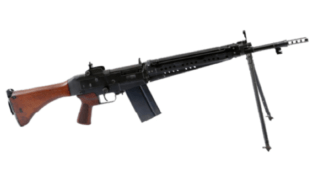
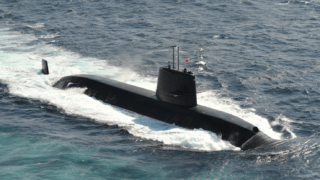
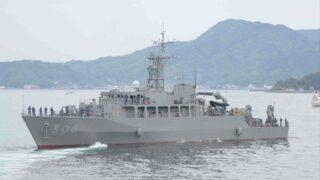
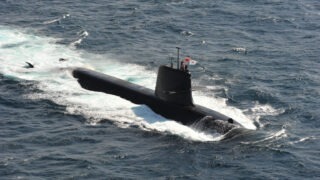
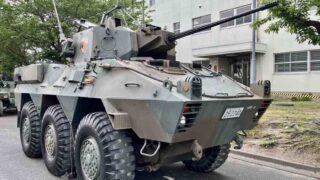
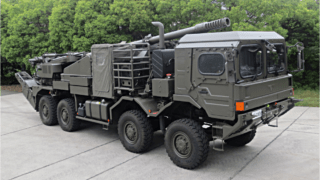
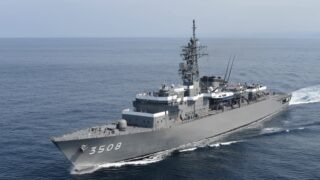
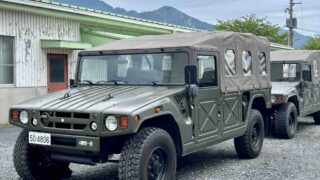
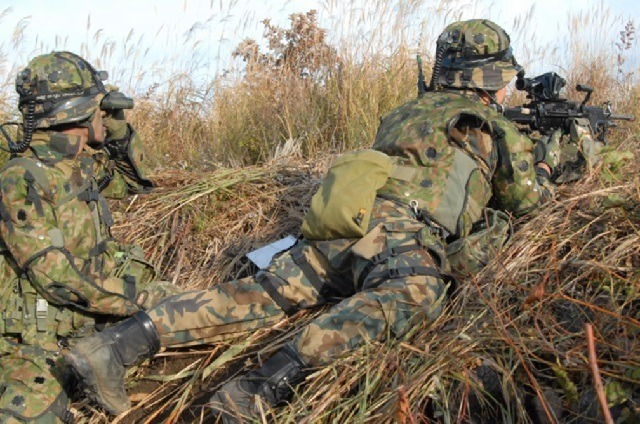
Comments